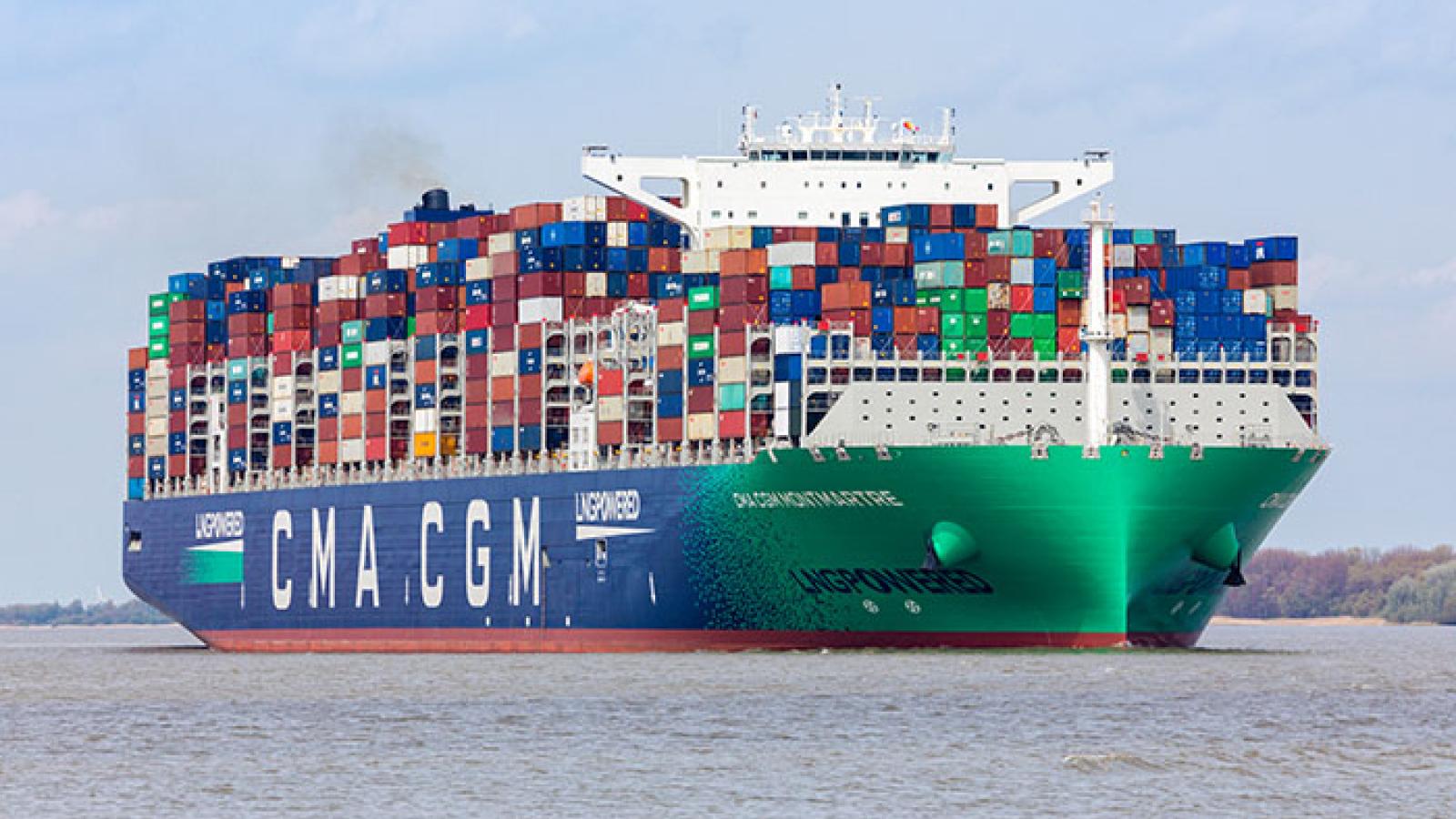Currents of Concern: The Increasing Risks of Transporting BEVs on Ocean Vessels

Today’s interconnected world requires us to bring goods to markets all across the world. As the popularity and use of Battery Electric Vehicles (BEVs), such as Tesla’s Model S or Audi’s e-tron GT, increases, the concerns of shipping these cars have also increased. BEVs rely on lithium-ion batteries rather than an internal combustion engine to produce power. These lithium-ion batteries create a difficult situation. The National Transportation Safety Board (NTSB) has identified two major risks of lithium-ion batteries: electric shock and thermal runaway. Thermal runaway is of the most concern when shipping BEVs.
Thermal runaway occurs when a damaged lithium-ion begins a chemical process creating an exothermic reaction (producing heat), thus increasing the rate of this reaction. This reaction causes intense heat and combustion that results in a fire. These fires can reignite multiple times with undamaged portions of the battery later going through the same thermal runaway process. These fires cannot be stopped easily with water or even oxygen deprivation posing a significant risk to the crews attempting to fight them if they occur. Additionally, large amounts of plastic in BEVs create more combustion materials and these vehicles can produce twice as much energy when burning as opposed to internal combustion engines. Even if BEVs are not the origins of the fire, the complexities created by them burning severely inhibit the crew’s ability to put the fire out.
Ocean transportation companies and insurance providers have been put on notice of this issue due to recent roll-on/roll-off (RO/RO) car-carrier fires. RO/ROs are stuffed with thousands of vehicles with little space between each vehicle. On July 26, Freemantle Highway, a Panama-flagged ship carrying 3,000 vehicles experienced a fire which allegedly started due to the battery of an electric vehicle. Freemantle Highway continued to burn for days and the initial fight resulted in the death of one crewmember. Earlier in the same month, Grande Costa D’Avorio, a similar ship, caught fire in the Port of Newark and resulted in the deaths of two firefighters. In February, the Felicity Ace, carrying 4,000 vehicles just southwest of the Azores also caught fire, sinking 2 weeks later after continuously burning. The Felicity Ace resulted in a loss of $425 million worth of vehicles.
Insurance company AIG has listed car carriers transporting BEVs as having an increased risk compared to internal combustion engine vehicles, resulting in higher premiums for the shipping companies. Similarly, Allianz has also increased premiums and encouraged special measures to be taken when transporting BEVs. The International Maritime Organization (IMO), the UN Agency responsible for regulating international shipping, is expected to announce new regulations sometime in 2024.
But what will these regulations look like and what will their effect be? The bottom line will be a higher cost to consumers for any lithium-ion battery vehicle, or potentially even internal combustion engine vehicles, transported across the ocean.
Regulators can weigh a number of options: special fire-fighting blankets, battery-piercing nozzles, foam systems, vehicles charged only to a certain percentage, more space between vehicles, or to segregate BEVs onto their own vessels or areas of ships.
No matter what they choose, transportation companies will need to comply with regulations, whether a uniform international code or on a country-by-country basis. Either way it will be important to have buy-in from all interested parties and to ensure compliance with the regulations.
Article Written by Brett VanBuren
Sources:
Safety Risks to Emergency Responders from Lithium-Ion Battery Fires in Electric Vehicles. National Transportation Safety Board. Published Nov., 13, 2020. Page 6.
Risk Analysis: Electric Vehicles on Dedicated Shipping Vessels. American International Group, Inc. Published May, 17, 2022
Charlotte Van Campenhout & Rishabh Jaiswal, Ship carrying nearly 3,000 cars ablaze off Dutch coast, crew member dead. Reuters (2023), https://www.reuters.com/world/europe/one-dead-cargo-ship-fire-electric-car-suspected-source-dutch-coastguard-2023-07-26/ (last visited Sep 8, 2023).
Mike Schuler, A brief look back at recent car carrier fires. gCaptain (2023), https://gcaptain.com/a-brief-look-back-at-recent-car-carrier-fires/ (last visited Sep 8, 2023).
Allianz: Fires on vessels remain one of the biggest safety issues. SAFETY4SEA (2023), https://safety4sea.com/allianz-fires-on-vessels-remain-one-of-the-biggest-safety-issues/ (last visited Sep 8, 2023).
